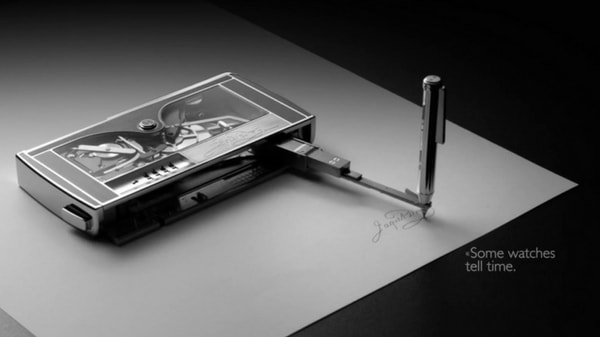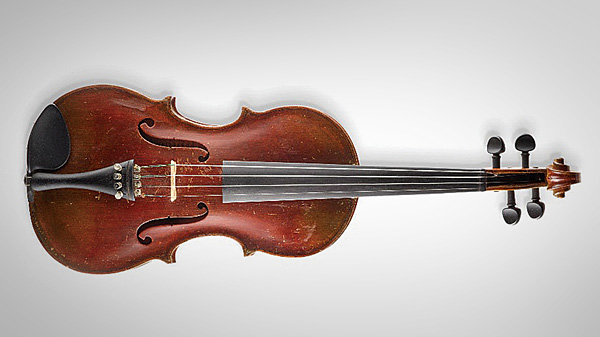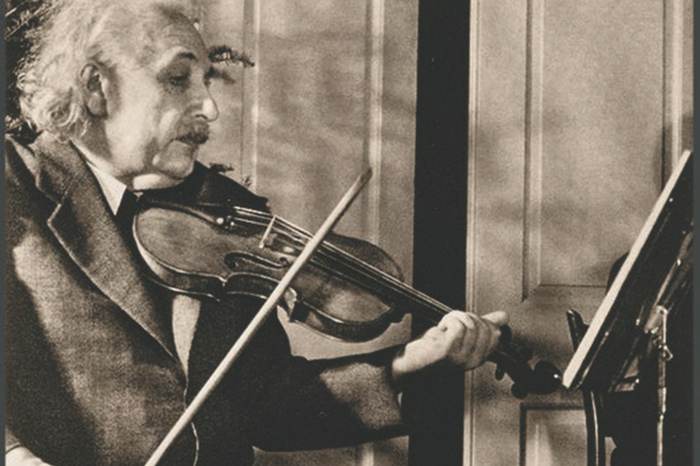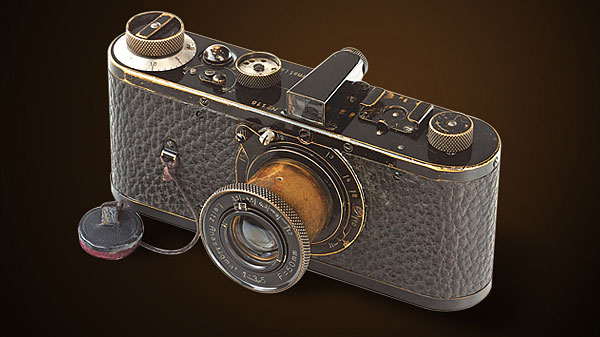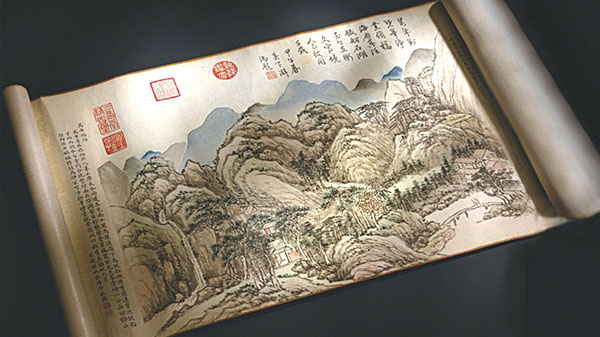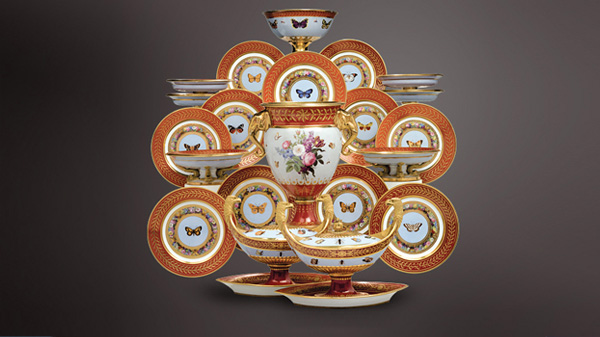The secret to sleeping soundly, as common sense dictates, starts with a well-made bed. But this seemingly simple statement has led a select group of inspired designer to create some truly extraordinary, jaw-droppingly expensive bedroom showstoppers. Without further adieu, we pull back the covers of the world’s top 3 most expensive beds.

3. Jado Steel Style Gold Bed – US$676,000
With a bed frame crafted almost entirely of yellow gold and further accented with a bevy of Swarovski crystals, one might be forgiven for assuming this particular slumber inducer may be all flash and no substance. But don’t be fooled, this particular millionaire’s toy also comes equipped with all the technological extras you could want, ranging from a Playstation to a foldaway plasma TV, all with its own Internet connection.

2. Magnetic Floating Bed – US$1.6 million
At US$1.6 million, this Space Age bed isn’t just one of the world’s most expensive beds, it’s also something of a physics marvel. Weighing in at 1,500lbs, its immense weight is lifted into the air by heavy-duty magnets and kept in place with strong wire that ensure you don’t float away during slumber. For the millionaire who wants to experience near-zero-gravity slumber, this might just be the bedroom accessory for you.

1. Baldacchino Supreme Bed – US$6.3 million
Standing at the apex among the world’s most expensive beds is the aptly-named Baldacchino Supreme Bed. Valued at a staggering US$6.3 million, this sumptuous sleeper is the brainchild of renowned designer Stuart Hughes and Italian luxury furniture maker Hebanon. Entirely handmade and crafted from 200lbs of solid 24K gold, each aspect of this bed can be custom built to the lucky buyer’s exact specifications. In fact, you could even chose to embed its entirety in diamonds or other precious gemstones. Only two Baldacchino Supreme Beds exist in the world, increasing its cache even further.









